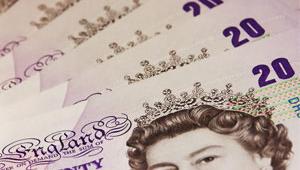This was largely due to a decrease in central government net borrowing of £0.4bn, as well as a fall in local government borrowing of £0.2bn.
The latest figures from the ONS reveal that in the current financial year-to-date, public sector net borrowing stood at £33.8bn, representing a decrease of £4.9bn compared with the same five-month period last year.
Public sector net debt at the end of August was £1,621.5bn, which is equivalent to 83.6% of UK gross domestic product. This represents and increase of £52bn compared with August 2015.
Of the £10.5bn borrowing figure, £7.6bn related to the cost of the day-to-day activities of the public sector, while £2.9bn related to spending on infrastructure.
The latest figures cover the two months immediately following the vote to leave the European Union in June. According to Jo Grice, ONS chief economist, “the referendum result appears, so far, not to have had a major effect on the UK economy.”
One of the key drivers in the decrease of public borrowing was an increase in tax receipts. Consumer spending pushed VAT receipts up by 3.4% in the financial year to date. Meanwhile, lower unemployment and rising earnings have lifted receipts from wealth and income taxes by 4%.
Meanwhile, central government spending rose by 0.8%.
According to Scott Corfe, director of the Centre for Economics and Business Research, the trend toward a reduced deficit is set to reverse over the coming months.
He said: “Following the Brexit referendum result, expansionary fiscal policy to support economic growth has become the order of the day, and we should see the biggest Autumn Statement since the financial crisis later this year.”




















